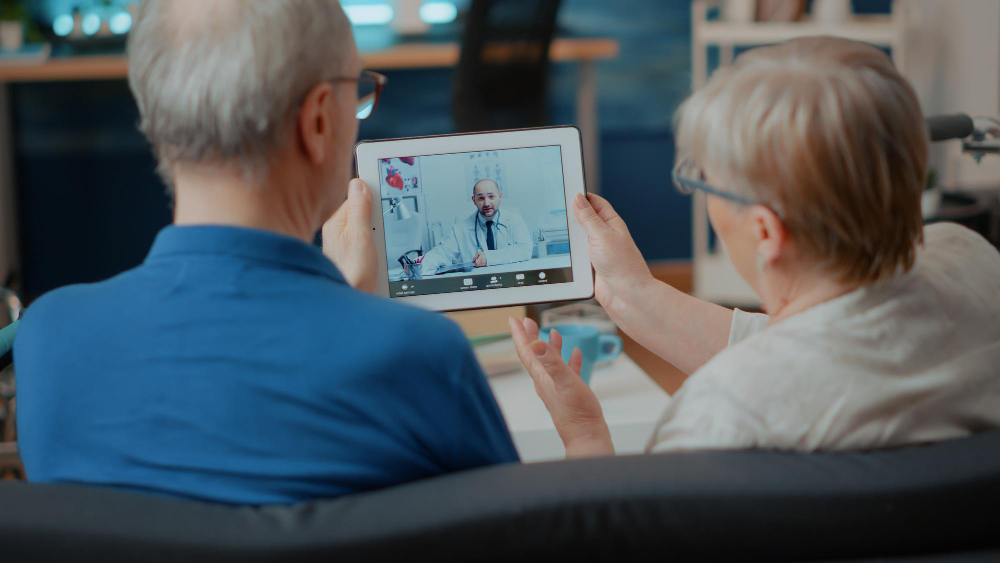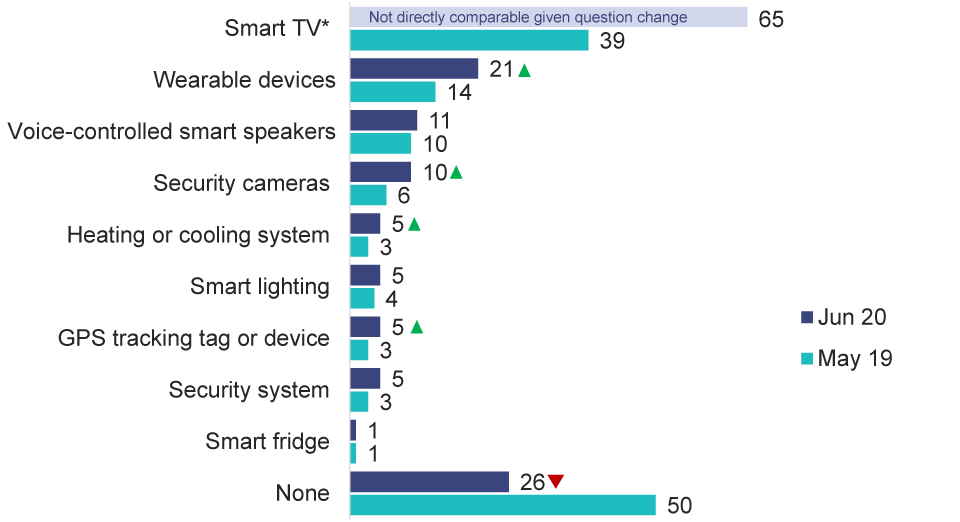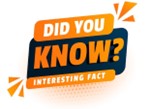Understanding how current technologies are used will prepare you for a job role in the sector. Different workplaces will use different technology and it is important that you familiarise yourself with the technology used in your workplace, however, there are technologies that are common across the sector. You may already have experienced some of these in a personal capacity.
The COVID-19 pandemic forced organisations to switch to digital tools and technologies to enable them to keep working and this also extended into the health and community services sector. Whilst technological changes were already moving forward due to Industry 4.0, the pandemic sped these technological changes up.

Image source: DC Studio, Freepik, Freepik license
Let’s explore some of the current technologies used in the sector in more detail.
Select each bar to expand and reveal further information.
 Consider this
Consider this
What is Industry 4.0? Also referred to as The Fourth Industrial Revolution, Industry 4.0 refers to a shift from traditional practices to using digital technologies for more efficient work processes. It involves the use of technologies such as the Internet of Things (IoT), artificial intelligence (AI), big data, and automation.
Read the article, The Fourth Industrial Revolution: what it means and how to respond to learn more about how technological changes are impacting our society.
 Apply your skills
Apply your skills
Document your thoughts to each of the questions presented. When you have finished, select Create document to export your content and keep for later.
Digital devices and applications
Individuals and workplace will need a range of digital devices and applications (apps) to enable the technology to be used, analysed and interpreted. Depending on your workplace and the requirements of your clients this may include, but not be limited to:
- laptops
- desktop computers
- smart phones
- tablets
- other hand-held devices.
Apps are the specific programs for the specific task. Just as you access apps on your phone such as social media or banking, you will access apps that support the technology used in your workplace.
Your workplace may have an app that they have developed to suit their own specific needs and requirements or they may use apps that are available to the general public. There may also be a cost to access the apps.
In 2020, 73% of Australian adults had used an internet-connected smart device, excluding computers, tablets and mobile phones

Source: ACMA, Trends in online behaviour and technology usage, September 2020
 Research to learn more
Research to learn more
What are some apps being used in the health and community services sector?
Select each of the following to learn more:
- My Script List
- Health direct video call
- Beyond Now
- Black Dog Institute myCompass
- Care vision
- Emergency+
Consider the following questions while researching:
- Which apps would most likely be used in the job role you are interested in?
- What skills will you need to be able to use the apps effectively?
Record your thoughts in your notebook or digital device.
The internet
We would not be able to access or use these apps without one of the most important tools in a workplace and our everyday lives - the internet! Internet access is essential in health and community service organisations to effectively use the tools we have mentioned, as well as other applications that allow workplaces to function effectively such as:
- video-conferencing
- collaboration tools such as Microsoft teams or Zoom
- rostering tools
- project management tools
- software such as the Microsoft suite or Apple software
- backing up information to the cloud.
The use of 5G technology in Australia has sped up our internet and allowed for a more reliable and effective service. The benefits for the health and community services sector include faster sharing of large volumes of data between providers or real-time monitoring of clients using a wearable device.
Smart home technology has also changed the health and community services sector as it allows the elderly or those living with disabilities to remain independent for longer. Individuals may give support workers access to monitoring devices so workers can monitor and provide appropriate support. It also allows users to utilise voice-activated devices to assist with activities of daily living or as an emergency measure in case of falls or injuries.
Current technology not only assists with remote monitoring but also alleviates loneliness by allowing individuals to connect to a wider community via remote communication tools such as Zoom or Facetime. People can also attend art exhibitions, experience tourist destinations and participate in education via live streaming.
 Read to learn more
Read to learn more
Read 9 Smart Home Devices For Aging in Place to learn more about current technology being used in the sector and how it allows the ageing population to remain living independently for longer.
Consider the following questions while researching:
- How does this technology help the individual remain in their home for longer?
- What challenges can you see with the implementation of this technology?
Record your thoughts in your notebook or digital device.
Background Colour
Font Face
Font Kerning
Font Size
Image Visibility
Letter Spacing
Line Height
Link Highlight
Text Colour
